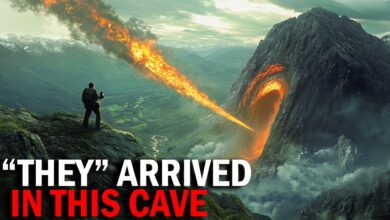The whole world is talking about it! Here’s what scientists discovered in the Chernobyl forest.

April 26, 1986 became a tragic day not only in the history of the Soviet Union but also of the whole world. This day is remembered as one of the most terrible disasters – the explosion at the Chernobyl nuclear power plant. This disaster created a huge exclusion zone around the plant, becoming a symbol of human error and environmental disaster.
People were forced to leave their homes, villages were completely abandoned. This exclusion zone stretched over a large area and its impact spread far beyond the borders of Ukraine.

Since then, Chernobyl has always been mentioned with horror, reminding humanity of the importance of safety in nuclear technology as well as the careful consideration between nature and technical progress. Recently, scientists have launched a large research project to explore the fauna of this abandoned area.

During their research, they studied how animals lived and adapted to the environment after the disaster. The surprising discovery showed that human presence affected wildlife more than radiation.
Animals that had not been recorded in the area for more than a century have reappeared. Over the past 30 years, animal numbers in the Chernobyl area have increased significantly, suggesting that radiation is not as negative as people feared.

The discovery underscores the importance of protecting the natural environment, and shows that nature is resilient and adaptable even in harsh conditions if given the chance.
Scientists monitored animal populations by examining tracks in newly fallen snow and installing 42 cameras in the exclusion zone in Ukraine last November. The results showed that the numbers of species such as wild boars, wolves, deer, and foxes have increased significantly.

Rare species such as the European lynx and brown bears have also been spotted, which have been absent from the area for many years.
Professor Jim Smith at the University of Portsmouth said that the area is now like a nature reserve: “We are not saying that radiation is a good thing, but the absence of humans has allowed animals to increase in numbers.” In the Chernobyl area, scientists have even recorded images of bison and Przewalski’s horses.
So sometimes humans do more harm to nature than radioactive pollution. What an amazing story!








